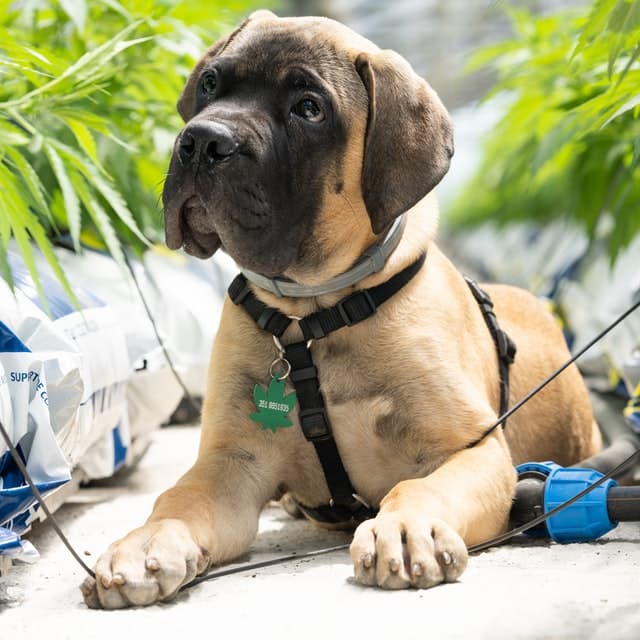
Great Danes are giant breed dogs and if you’ve spent any time around them, you know they are both “Gentle Giant” and “Giant train-wreck!” If

Great Danes are giant breed dogs and if you’ve spent any time around them, you know they are both “Gentle Giant” and “Giant train-wreck!” If

The Best Leash for Great Danes A proper leash for a Great Dane will be well-made, sturdy, and have a substantial solid metal clip on